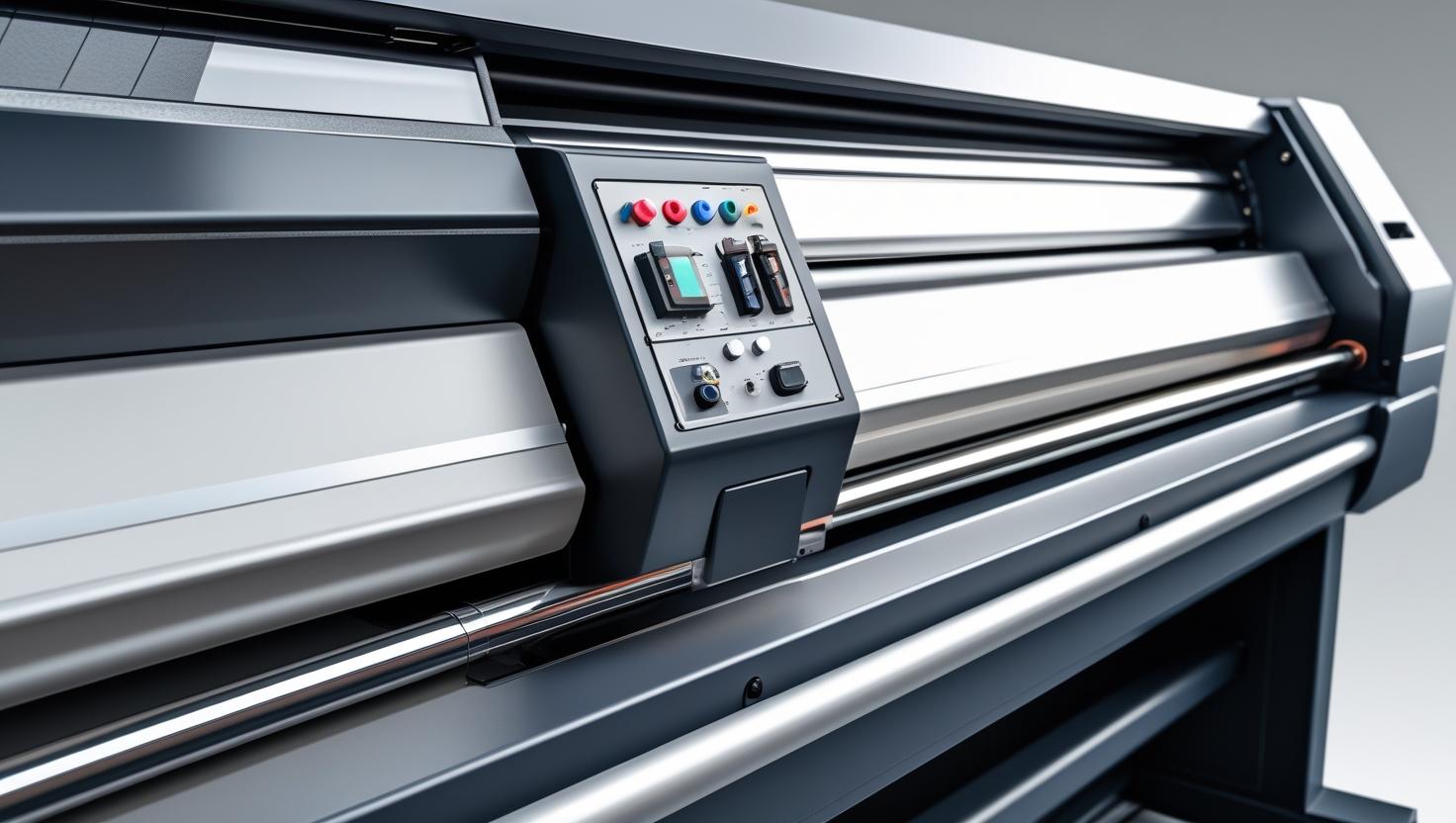The Asia-Pacific region is emerging as the global leader in the adoption of large format printers (LFPs), driven by surging demand in the retail and visual merchandising sectors. As consumer-facing businesses across the region intensify their focus on experiential marketing and high-impact branding, the need for vibrant, large-scale printed displays has never been higher.
The Asia Pacific large format printer market is projected to grow at the highest CAGR during the forecast period, driven by rapid industrialization, infrastructure development, and increasing demand for visual communication across sectors. Countries such as China, Japan, India, and Australia are witnessing significant adoption of large format printer technologies for applications in signage, advertising, construction, apparel, and interior decor.
Expanding retail networks, rising investments in commercial real estate, and government-led smart city projects are fueling demand for high-quality, large-scale print outputs. Additionally, the region’s growing digital transformation, supported by improved internet connectivity and mobile device usage, is accelerating the shift toward digital printing. The rising number of small and medium enterprises (SMEs) and local print service providers further contributes to market expansion, making Asia Pacific the fastest-growing region in the large format printer market during the forecast period.
Retail Transformation Fuels LFP Market Expansion
The retail landscape in Asia-Pacific is evolving rapidly. Brands are investing in modern store layouts, dynamic visual merchandising, and location-specific promotional campaigns, all of which rely heavily on high-resolution, large-format printed materials. From point-of-purchase displays and window graphics to floor decals and wall murals, large format printers enable businesses to create eye-catching visuals that boost foot traffic and sales.
The post-pandemic rebound in brick-and-mortar retail, especially in shopping malls and urban commercial zones, has further accelerated LFP adoption. As retailers strive to differentiate themselves and communicate more effectively with shoppers, custom signage and immersive graphics are becoming standard components of in-store design.
Download PDF Brochure @ https://www.marketsandmarkets.com/pdfdownloadNew.asp?id=523

Technological Advancements Support Market Growth
Technological innovation is a key driver behind the surge in LFP usage in Asia-Pacific. The latest printers offer faster speeds, higher resolution, eco-friendly inks, and compatibility with a variety of substrates—from vinyl and fabric to rigid boards and eco-solvent materials. These capabilities allow brands to experiment with creative formats while maintaining consistency and quality across campaigns.
Additionally, the integration of UV-curable, latex, and aqueous ink technologies has broadened application possibilities. Printers that support on-demand, short-run production also enable local businesses and SMEs to offer customized printing services with quick turnaround times—an important competitive edge in Asia’s fast-moving retail markets.
Visual Merchandising Becomes a Strategic Priority
In markets like Japan and South Korea, where visual appeal plays a central role in consumer engagement, large format printing is viewed not just as a marketing tool but as an essential element of brand strategy. Visual merchandising teams are using LFP technology to design compelling in-store experiences that align with seasonal themes, product launches, and cultural events.
The demand is especially strong in luxury fashion, electronics, cosmetics, and food & beverage retail, where bold visuals can significantly impact customer behavior. Pop-up shops, product showcases, and influencer activations all rely on customized print assets to reinforce brand messaging and aesthetics.
Rise of Print Service Providers and Local Manufacturing
Asia-Pacific is also seeing a rise in the number of print service providers (PSPs) that specialize in large format applications. These businesses cater to retailers, event organizers, advertising agencies, and corporate clients seeking cost-effective, localized production capabilities.
Meanwhile, the presence of major printer manufacturers in the region—such as Epson, Canon, Roland, and Mimaki—ensures strong supply chains, competitive pricing, and access to cutting-edge print technologies. Many regional startups are also entering the market, offering niche services such as sustainable signage, fabric-based displays, and digitally interactive printed media.
Sustainability and Smart Retail: The Road Ahead
Sustainability is becoming increasingly important in Asia-Pacific’s print and retail industries. Retailers are seeking eco-conscious printing solutions, including recyclable media, non-toxic inks, and energy-efficient devices. Large format printer manufacturers are responding with greener innovations that support both brand values and regulatory compliance.
Additionally, the fusion of print with digital technology—such as QR code-enabled displays and AR-integrated signage—is gaining traction. These hybrid solutions bridge the physical and digital realms, offering data-driven engagement without sacrificing visual impact.
As retail experiences become more immersive and visually driven, the Asia-Pacific region is leading the charge in large format printer adoption. The convergence of technological innovation, retail modernization, and consumer demand for visually rich environments has created fertile ground for growth in the LFP market.
With continued investment from retailers, PSPs, and manufacturers, and a clear shift toward sustainable and smart printing solutions, Asia-Pacific is not just a growing market—it is setting the pace for the global large format printing industry.
